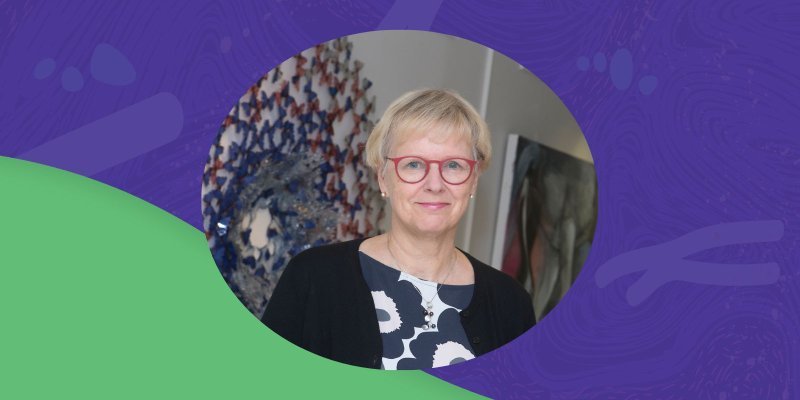
24.03.2023 | Kaija Rinne, Senior Advisor, PharmaLex Finland
Crisis-tolerant security of medicine supply
Supply of medicines is one of the essential functions in society. The crises that we are now surrounded by were unforeseeable, but we can prepare for the disruptions that they might cause. Preparedness means not only surviving the disruption, but also recovering quickly after the crisis. An accurate situational picture is the foundation of all preparedness.
PharmaLex Finland (former DRA Consulting) has conducted an extensive preliminary report on the operating environment of the medicine supply chain, commissioned by the healthcare pool that operates under the National Emergency Supply Agency. The report specifies the current status of the Finnish medicine supply chain and its conditions for operating in different disruption scenarios. The report also presents a number of ideas for improving the contingency level of different operators.
Two scenario events were arranged for representatives of the pharmaceuticals field, and PharmaLex Finland interviewed some of the operators who did not participate in the events. This provided a comprehensive overview of the current state of the medicines supply.
Cheap commodity or security of supply?
For some time now, the focus of the medicine and healthcare system has been on efficiency and cost control. As a result, supply chains have become global and the production of active pharmaceutical ingredients (APIs) has been centralised in Asia. This involves multiple threats. China and India produce 90% of all penicillin, 60% of paracetamol and 50% of ibuprofen worldwide, and about 80% of all generic APIs come from China and India. More than 50% of all the active ingredients used worldwide are manufactured by five or even fewer companies. European companies produce mainly patented proprietary products.
Pharmaceuticals are often seen as a cheap commodity that should be available at an even lower price, but it is important to also approach the subject from the perspective of security of supply. If European operators start to produce medicines again on a wider scale, this will improve the European security of supply and help to make the production greener. Returning the production of medicines to Europe is one of the goals of the EU’s pharmaceutical strategy.
Identifying risks and sharing information between operators are the keys to preparedness
The report identified the vulnerable infrastructure of Finnish society, the energy crisis and service denial attacks as threats to an effective supply of medicines. Risk management in the pharmaceutical industry and at wholesalers is systematic, and the operators regularly practice various scenarios. Pharmacies have their own contingency plans, which are greatly affected by the pharmacy’s location.
Identifying risks and sharing information between different operators in the medicine supply chain are the keys to preparedness. This improves the disruption tolerance. The role of the National Emergency Supply Agency as an active coordinator for cooperation between authorities, an identifier of interdependencies and a clarifier of responsibilities should be strengthened.
Based on the preliminary report by PharmaLex Finland, the National Emergency Supply Agency will take measures to develop the areas identified in the report.
The report is not made public as the details concerning industries are classified.
